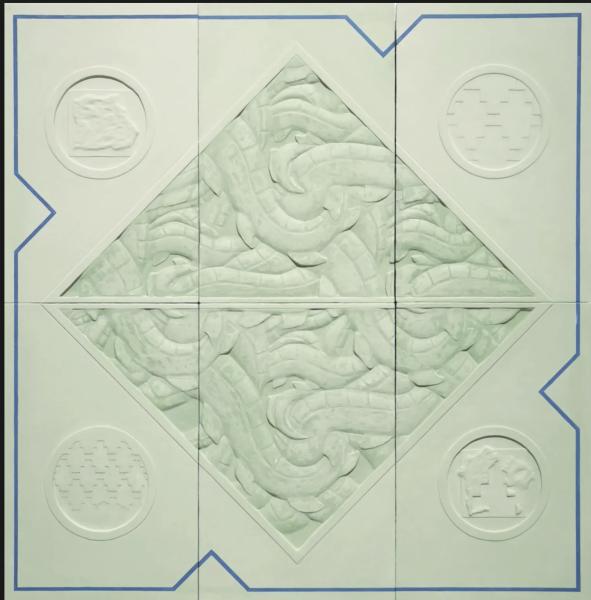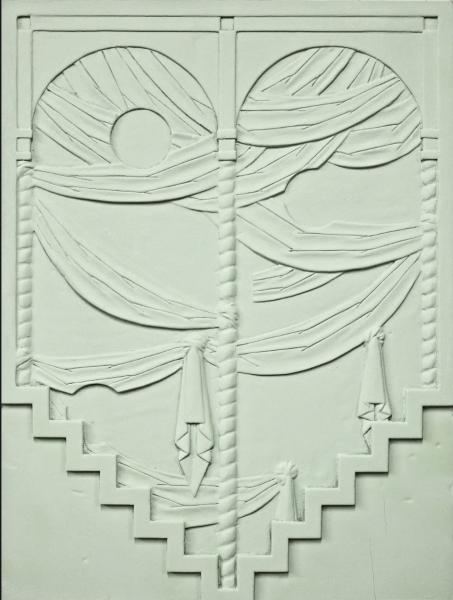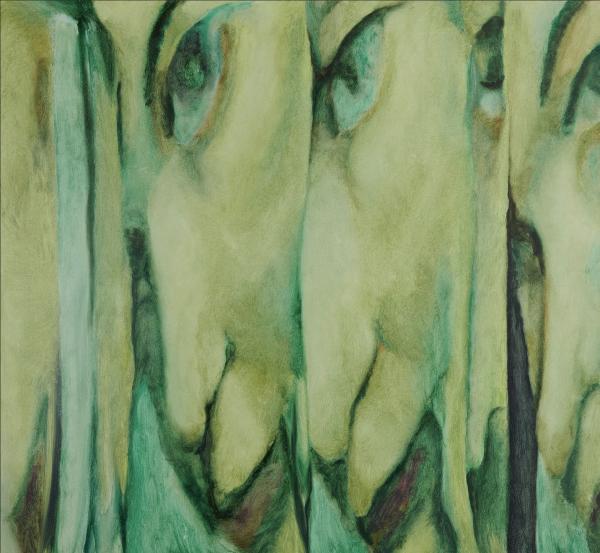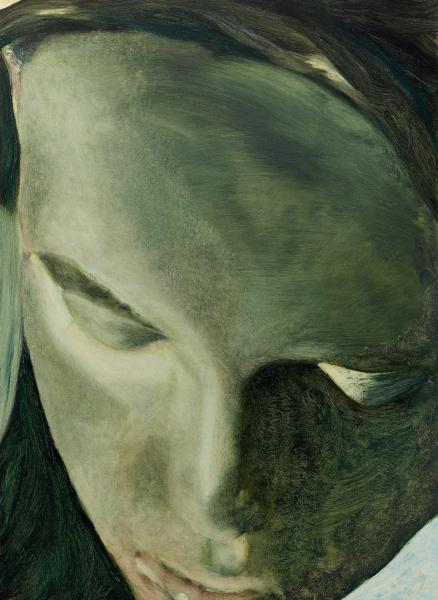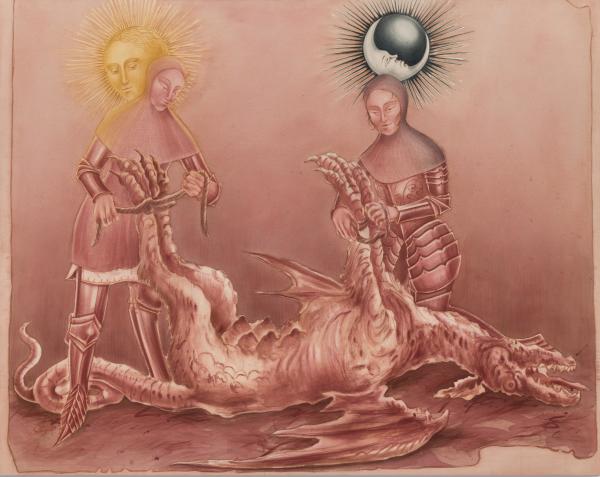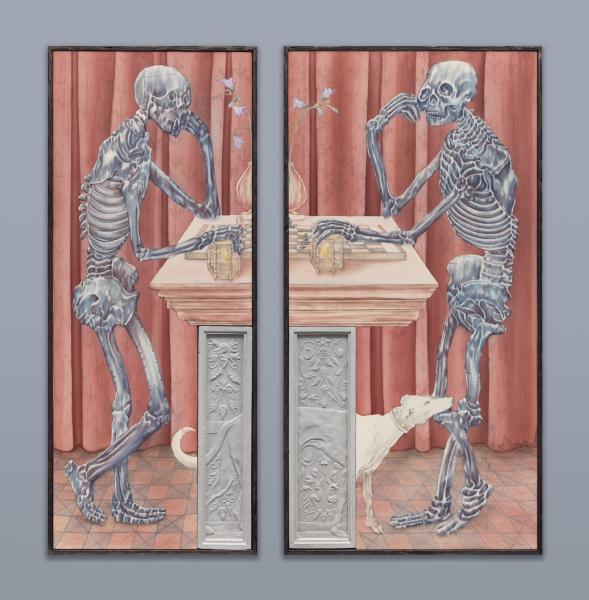Secret Histories
Galeria Coulisse will present a project that connects the Swedish and Polish art scenes by bringing together Warsaw-based painter Bartosz Kowal (b. 1995, Poland), Stockholm-based artist Ferdinand Evaldsson (b. 1987, Sweden), and the artist duo Øleg&Kaśka (b. 1995, Poland), founded in the summer of 2018.
The exhibition is structured across two separate rooms: a solo presentation of paintings by Bartosz Kowal and a duo presentation featuring the works of Ferdinand Evaldsson and Øleg&Kaśka.
Bartosz Kowal creates paintings that explore psychological themes through the fleeting, the intangible, and the half-remembered. In a world saturated with imagery, he resists the urge to produce yet another consumable visual object. Instead, he draws viewers into familiar yet often overlooked spaces, inviting them to linger in threshold moments that usually go unnoticed. Informed by archival photography and cinema, Kowal carefully selects his subjects and compositions, often zooming in on close-up portraits and subtle details—offering just enough to leave the viewer wanting more.
The duo presentation of Øleg&Kaśka and Ferdinand Evaldsson brings together artistic practices that engage deeply with history, myth, and materiality. Øleg&Kaśka draw on medieval and early modern iconography, Eastern European folklore, and alchemical symbolism to create immersive, multisensory installations. Their work questions fixed narratives of identity, time, and gender, and spans painting, sculpture, scent, and video. The duo constructs speculative, queer worlds where boundaries between body and symbol, past and future, blur into layered, dreamlike tableaux. Their practice carries a ritualistic intensity, incorporating gilding, sculptural relics, and fragmented narratives to reimagine the medieval as a space for resistance and transformation.
Ferdinand Evaldsson’s wooden reliefs similarly draw on medieval craft traditions—particularly Byzantine icon painting and Gothic carving—to reflect on the fragility and endurance of the human condition. His work emphasizes slowness and care, layering wood, pigment, gelatin, and natural binders in a tactile meditation on memory and presence. Evaldsson explores how the experience of being human resides not only in the body but also in the material world—architecture, weather, insects, books. Using symbolic imagery and traditional techniques, he links personal reflection with collective storytelling, treating memory as something preserved in objects, spaces, and cultural rituals.
Rather than offering historical forms as homage, both artists use them as tools for reimagining how we inhabit time, myth, and matter in the contemporary world.
Coulisse
Clay.Warsaw
Wenantego Burdzińskiego 5
Warszawa
00‑079
